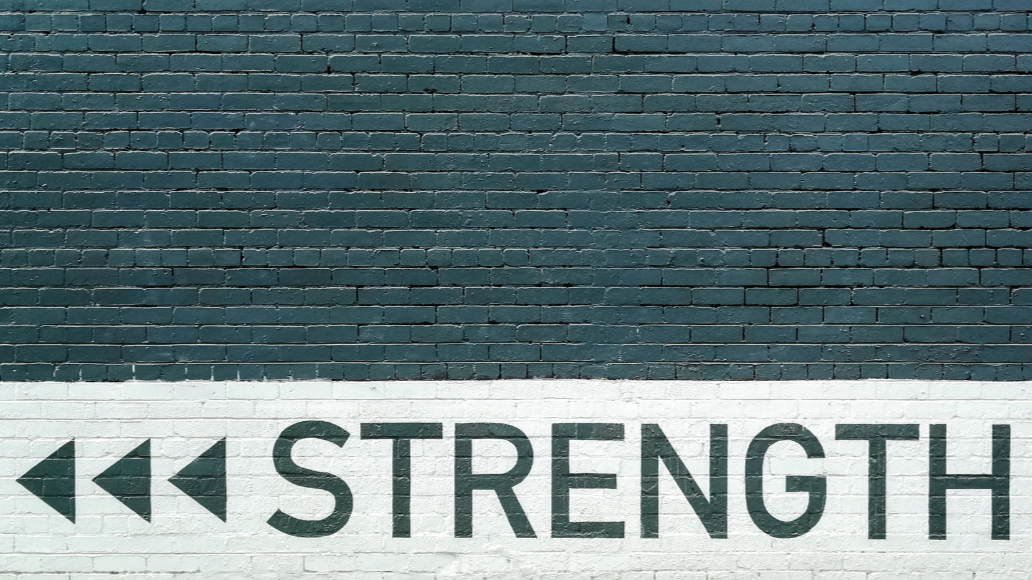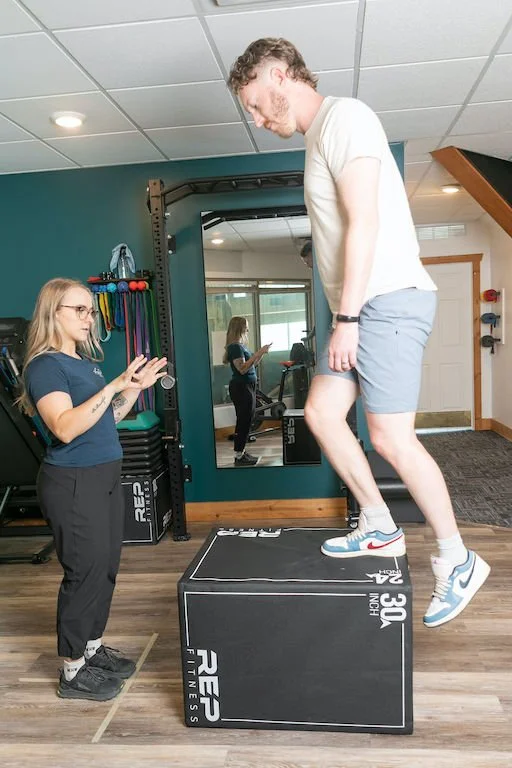Injury Prevention for Skiers and Snowboarders: Expert Tips from a Physiotherapist
Our physiotherapist Emily Fisher getting some fresh tracks. Emily is a perfect example of “strong not lucky”. Read on to find out what that means.
Watching the Fernie Alpine Resort fill with delicate layers of fluffy white powder is nothing short of exciting… The season of snow sports is quickly approaching! But whether you're a seasoned ski/snowboard professional or a newcomer to the sport, injuries can happen. Avoiding injuries is not about being lucky, it’s about being educated and strong! This blog post will explore what evidence informed steps you can take in injury prevention for this ski/snowboard season from a perspective of a physiotherapist.
Common Ski and Snowboard Injuries
Knee injuries most commonly to ACL and meniscus
Wrist fractures
Shoulder injuries (dislocations, separations, or fractures)
Ankles sprains/fracture
Tibial plateau fractures
Concussion/whiplash
Top Tips for Ski and Snowboard Injury Prevention
Injury prevention programs reduce the risk of injuries 30-62%. There are two parts to injury prevention: education and exercise.
Education
The following describe some basic educational points to consider before hitting the slopes
Helmets: Finding a well fitting helmet that has been tested to reduce the risk of head injuries using technologies such as MIPS or Wavecel. Check out Virginia Tech Helmet rating to find a high rated helmet that suits you best.
Bindings: Make sure that your bindings DINS are checked by a professional and are set up properly to your ski level.
Falling: Learn how to fall! Most injuries to the ACL are caused by a skier trying to stand up from an unstable position, learning to fall could save your knees, here are some quick tips
Don’t fight it, accept the fall, relax your body and tuck by pulling your chin and arms in close to your chest and just go along for the ride letting yourself stop naturally. Trying to stop the slide could cause an edge to catch and an injury to occur.
On hill warm up: Taking a couple easy laps and completing exercises including shuffling your feet back and forth while skiing, lifting the inside ski going around corners, and moving the lifted ski back and forth it in the air.
Snowboarding specific: Practice falling! Similar to skiing you want to relax and tuck in but most importantly avoid FOOSH (falling with outstretched hands), wearing helmets at all times, using soft boots for beginners with stiffer inner linings, and avoid overreaching terrain . Finally, on hill snowboard warm ups may include doing squats, riding switch, and performing shifties on an easy run.
Exercise
Studies have shown that a minimum of 20 minutes of exercise once a week can reduce your risk of injury by 30%! However, the more the better. Spending 30-60 minutes on injury prevention exercise programs 3 times a week is more ideal.
How to Build an Effective Ski and Snowboard Injury Prevention Program
Strength**: Any exercise that causes your muscles to contract against an outside resistance (body weight, bands, or free weight/machines) to build muscle
Balance**: A type of exercise that improves the body's ability to maintain an upright posture and control movement, both while standing still (static) and in motion (dynamic)
Plyometrics*: "Jump training," is a form of exercise that uses explosive, powerful movements
Agility: Focused on improving the ability to change direction, accelerate, and decelerate quickly
The stars represent the importance of each type of exercise. The most important are strength and balance. Plyometric and agility will improve injury prevention if included but will not be effective when completed alone. Therefore when making a plan for yourself focus on strength and balance, if time permits add in some plyometrics and agility.
Best Exercises for Ski and Snowboard Injury Prevention Programs
Hamstrings —> Nordic hamstring curls
Groin —> Copenhagen's
Quads —> Single leg squats, squats, lunges
Back —> Deadlifts, reverse bridge
Jumping —> Single leg forward jumps, lateral jumps, squat jumps
Balance —> Single leg balance exercises
Core —> Dynamic planking
Calves —> Calf raises
If you have any limitations, previous injuries, questions or concerns please reach out to book an appointment with one of our physiotherapists to help you build a program that works for you. The following is just an example and by no means exhaustive.
Ski and Snowboard Concussion Awareness: A Quick Note on What You Need to Know
A concussion is a reversible neurological dysfunction caused b a direct blow to the head or indirectly through forces transmitted to the head by the neck and/or body… it is a metabolic, physiological and microstructure injury to the brain.
Actions steps following initial incident: Keep awake and monitor for 4-6 hours, go to the hospital if you experience any Red Flags. If you do not experience any red flags go to your doctor & a physiotherapists who specializes in concussions as soon as possible - ideally within 1-3 days.
Red Flags
Loss of consciousnessNeck pain or tendernessSevere or worsening headachesSeizure or convulsionSlurred speechVisible deformity to skullVommitingFluid leak from the earsWeakness or tingling/burning in the arms or legsMemory issuesDouble vissionDecreasing level of consciousnessIncreasing agitation or combativeness
Review
Ski and snowboard injuries happen but if you have a smart approach to this season you might not have to leave it to luck to get you through injury free. Being proactive by learning about injury prevention as well as committing to weekly exercises can significantly reduce your risk. This blog serves as a general overview of injury prevention programs, taking the time to seek professional advice is highly recommended in order to get a proper assessment and injury prevention exercise program for your own personal needs.
Please reach out to us via email, phone or book online here to speak to one of our qualified physiotherapists to help you have an injury free ski seaon!






